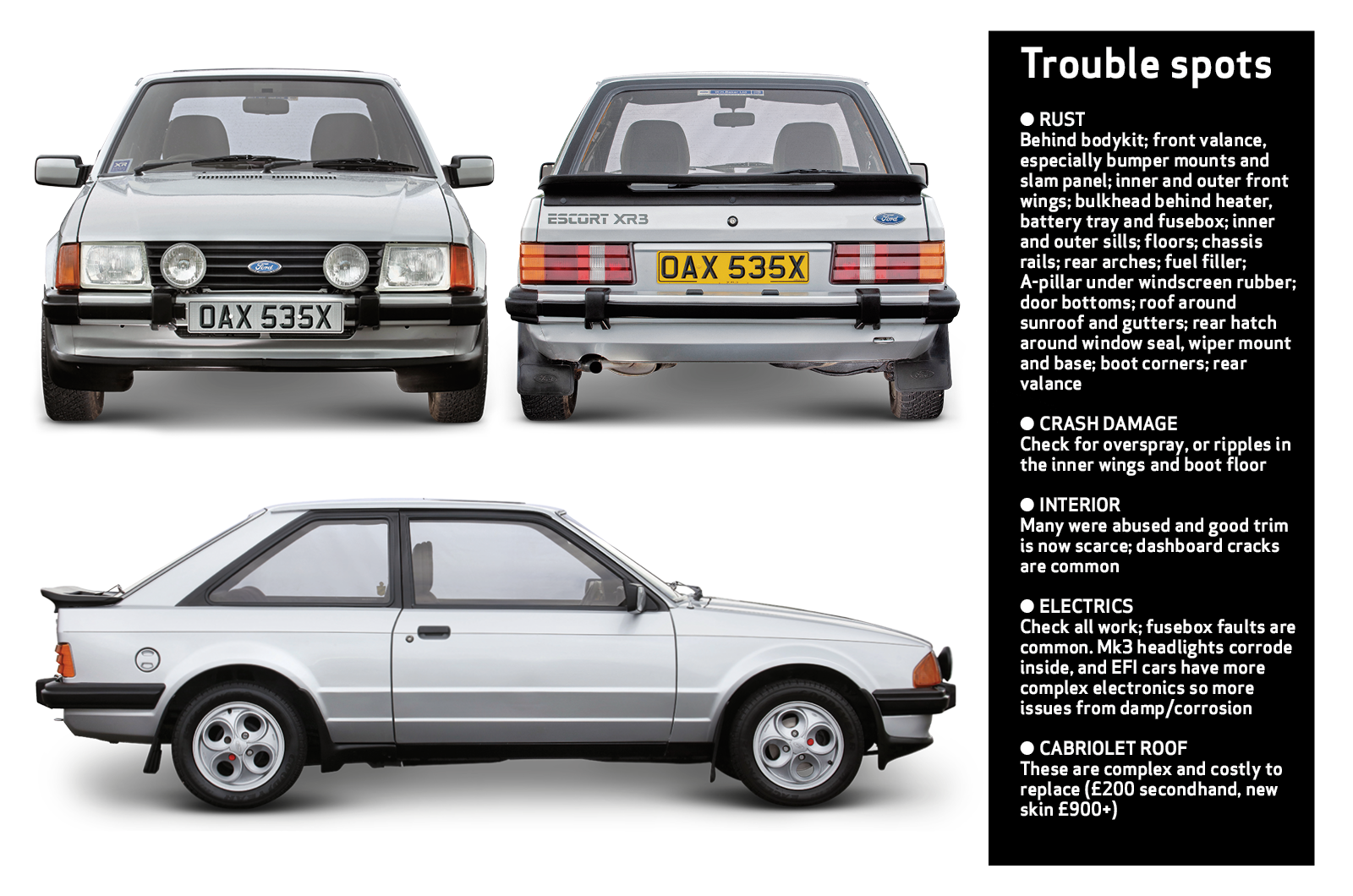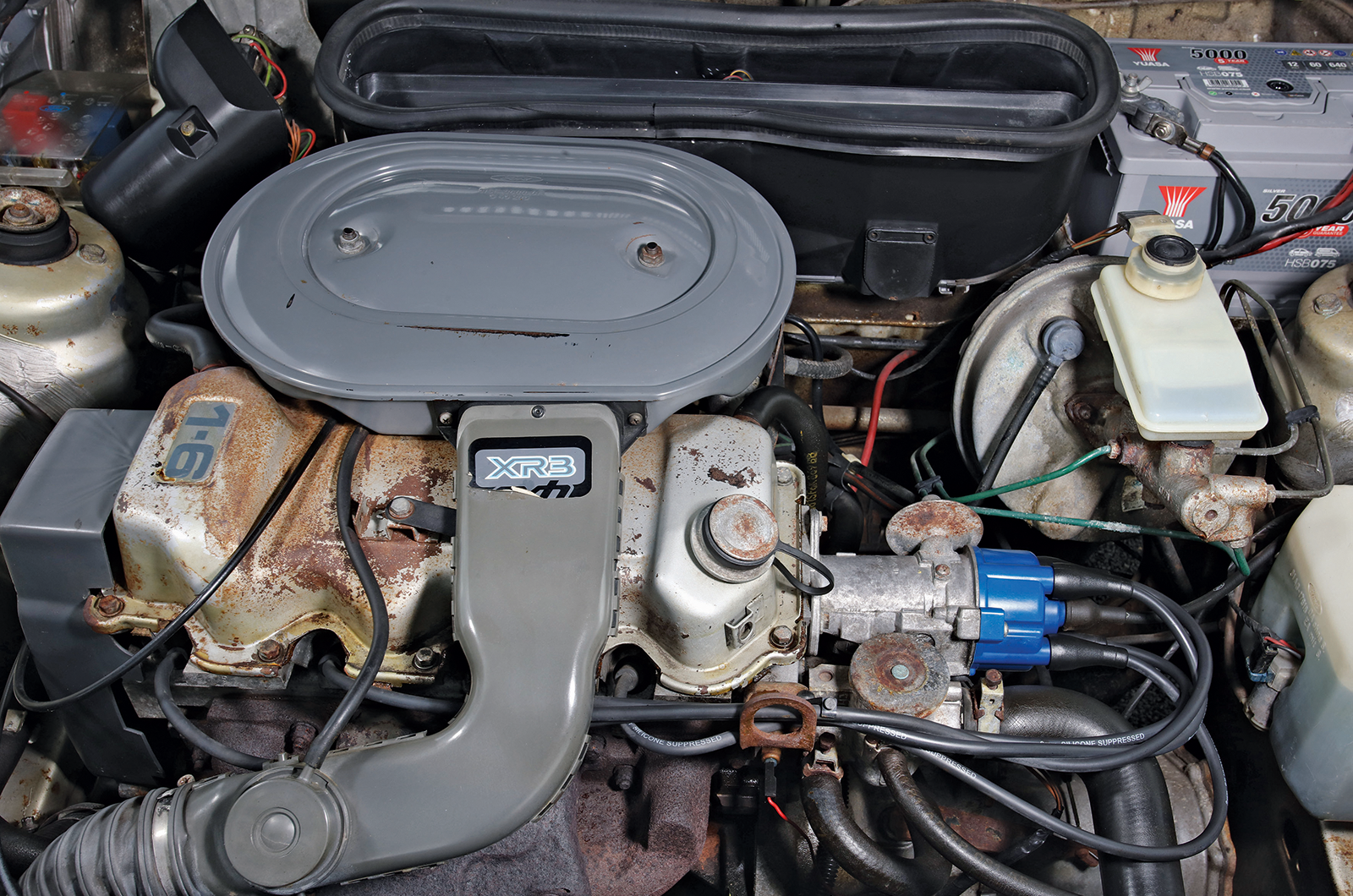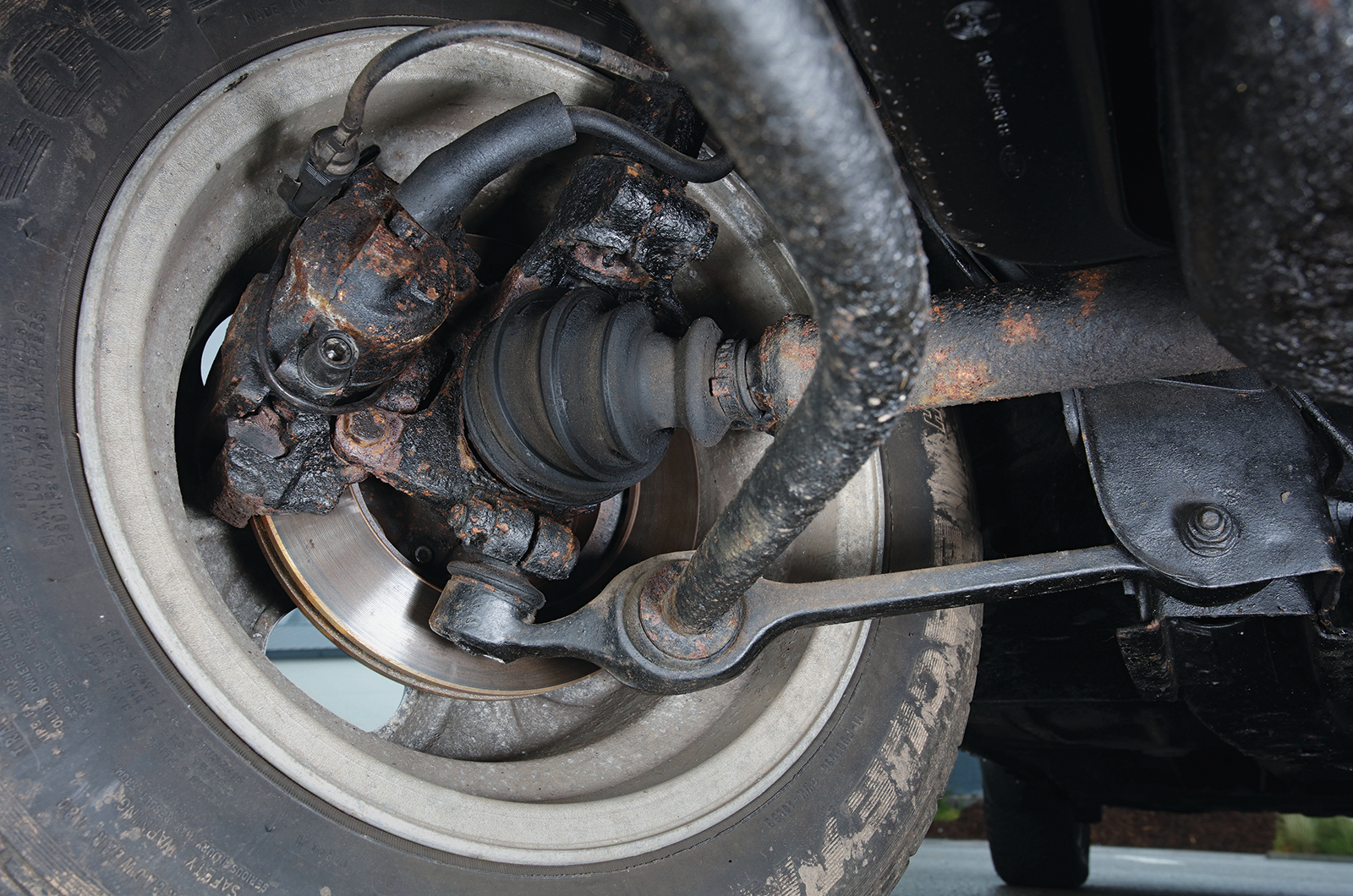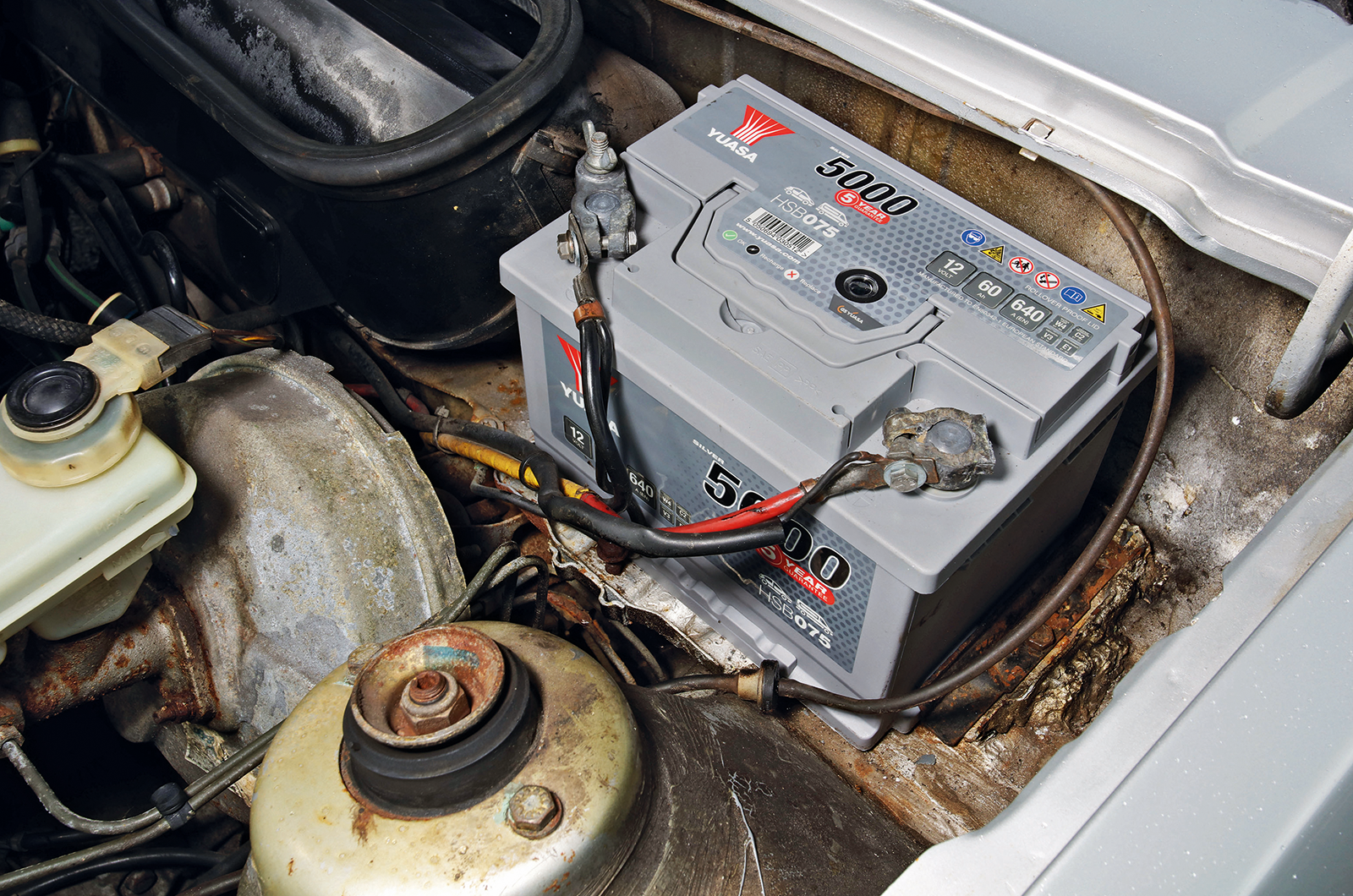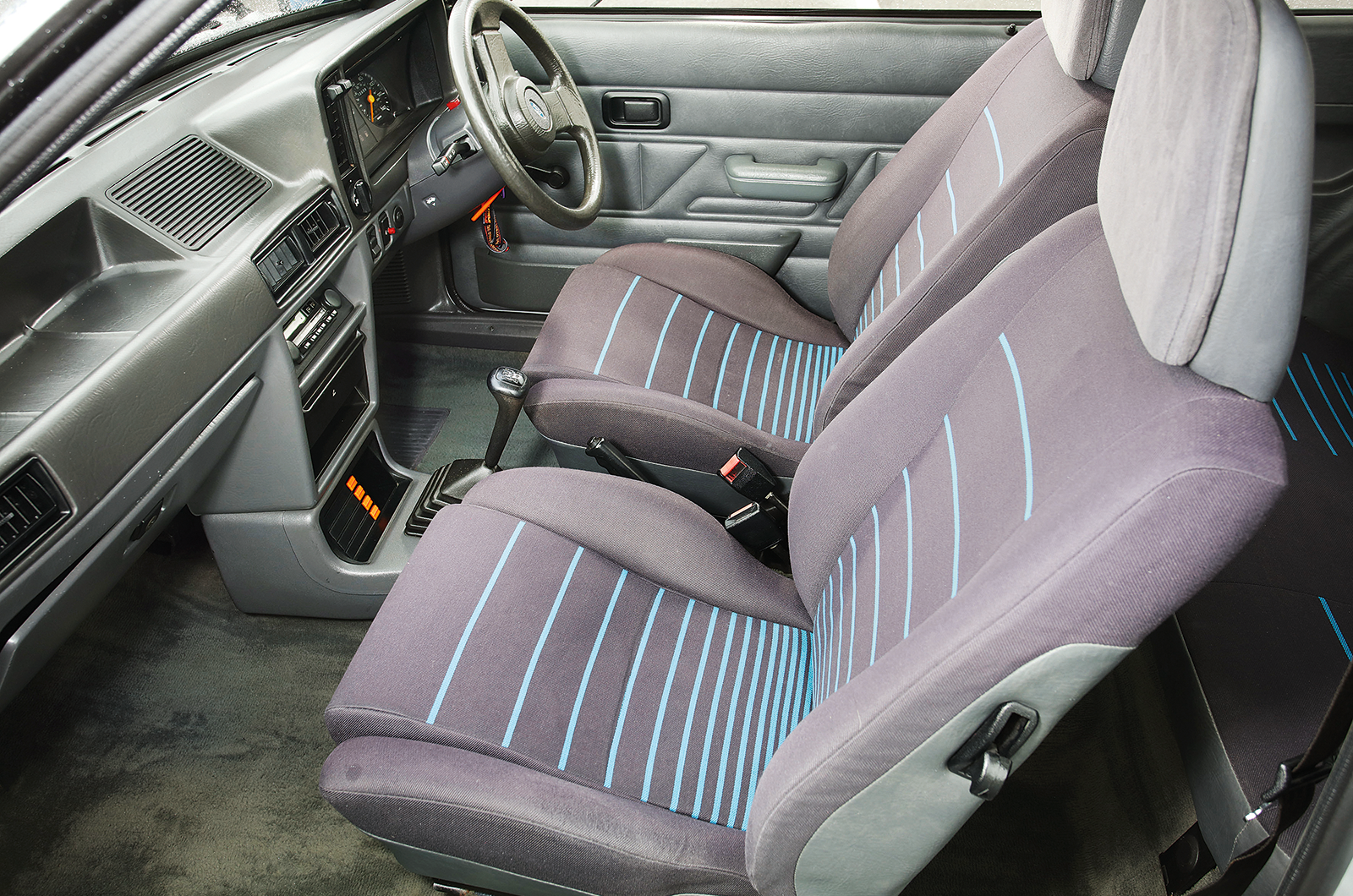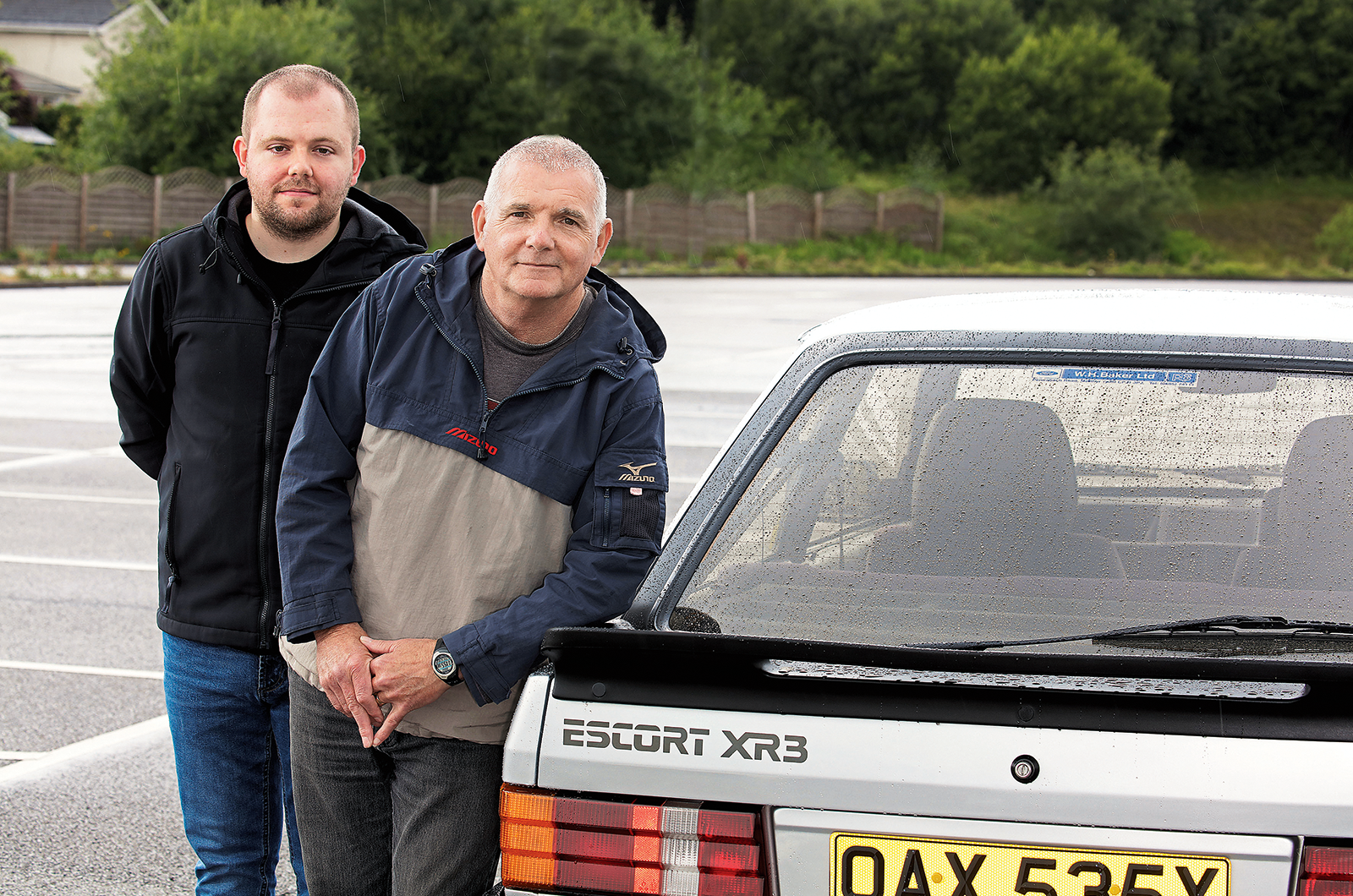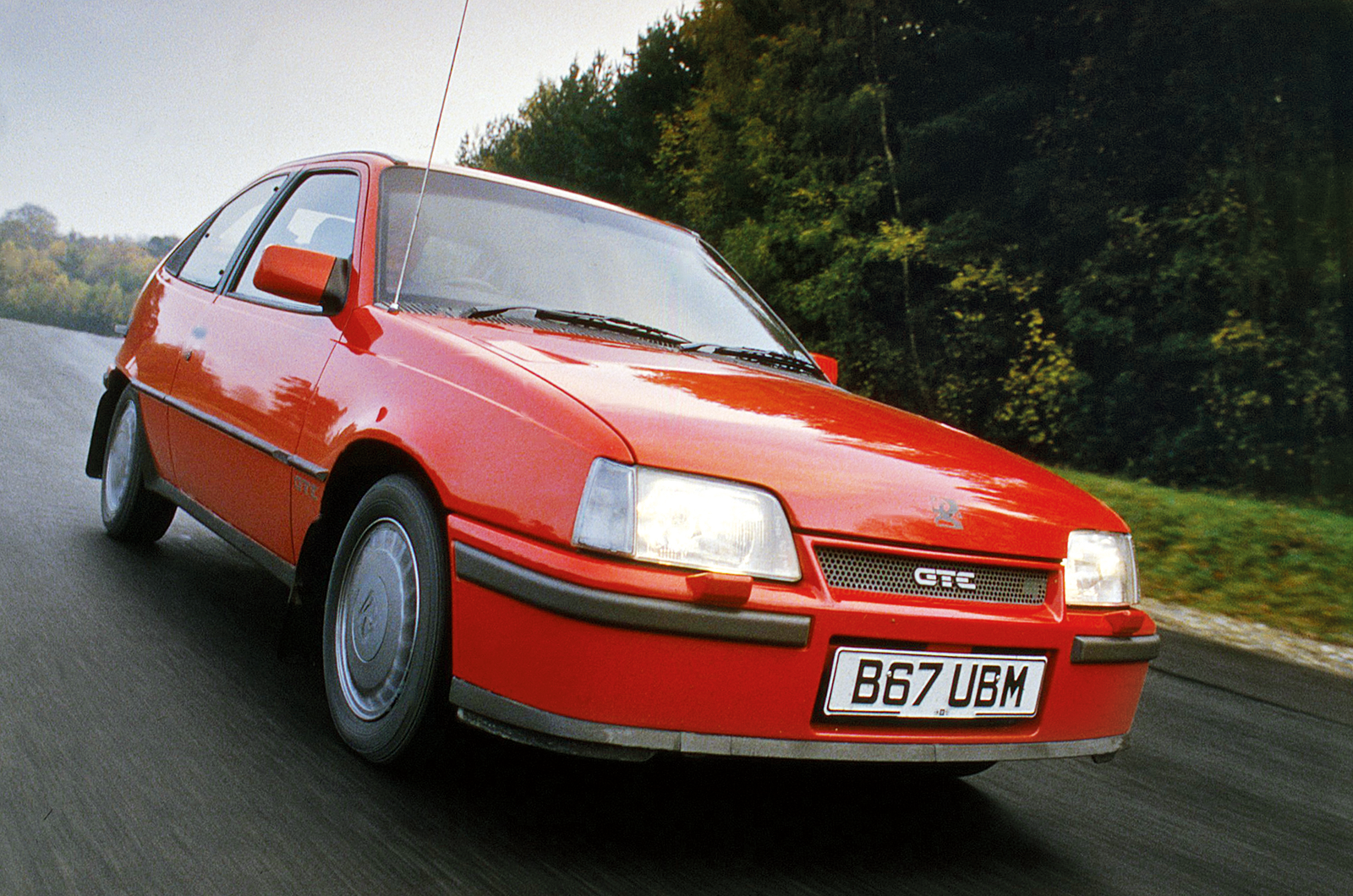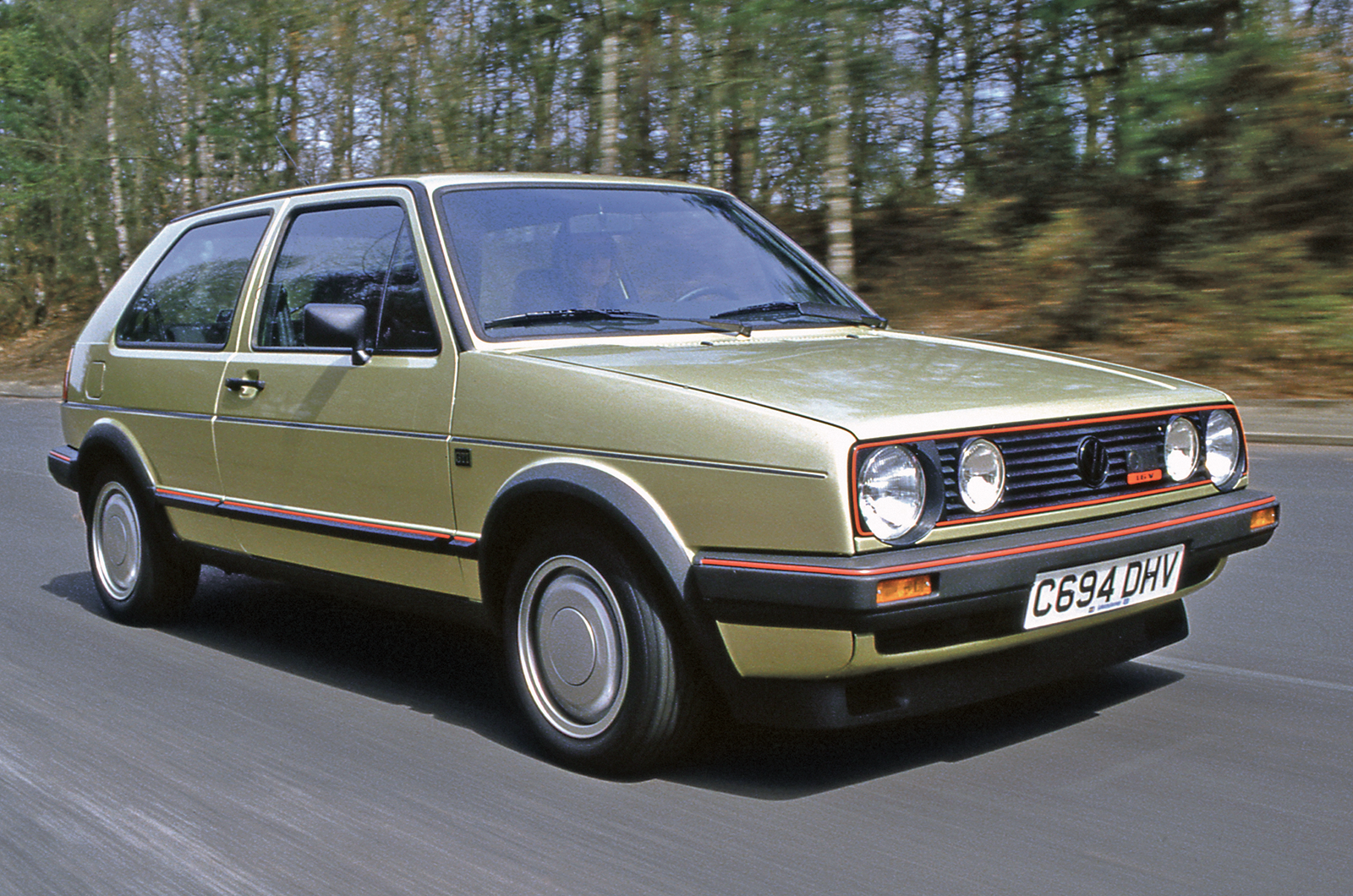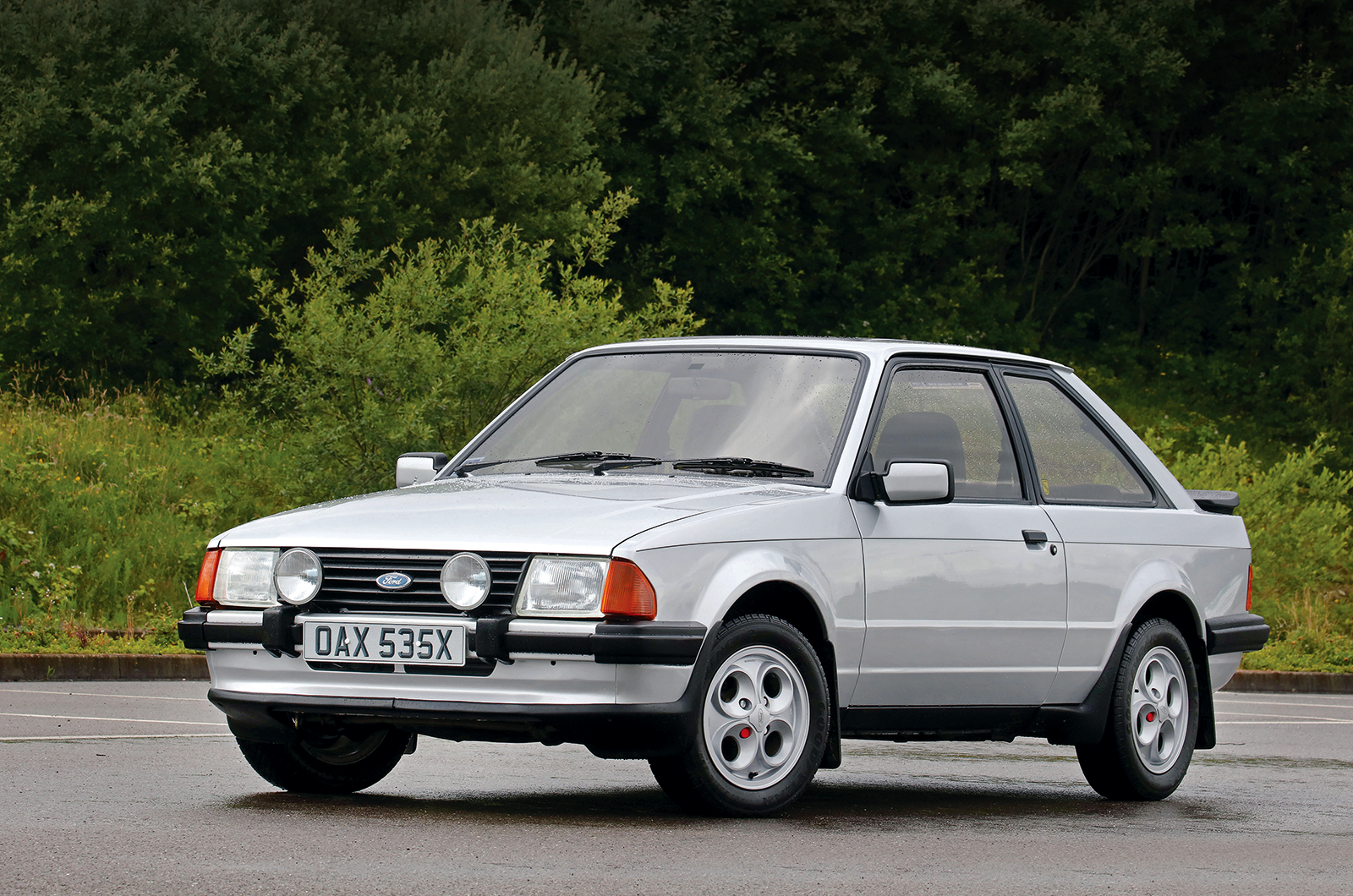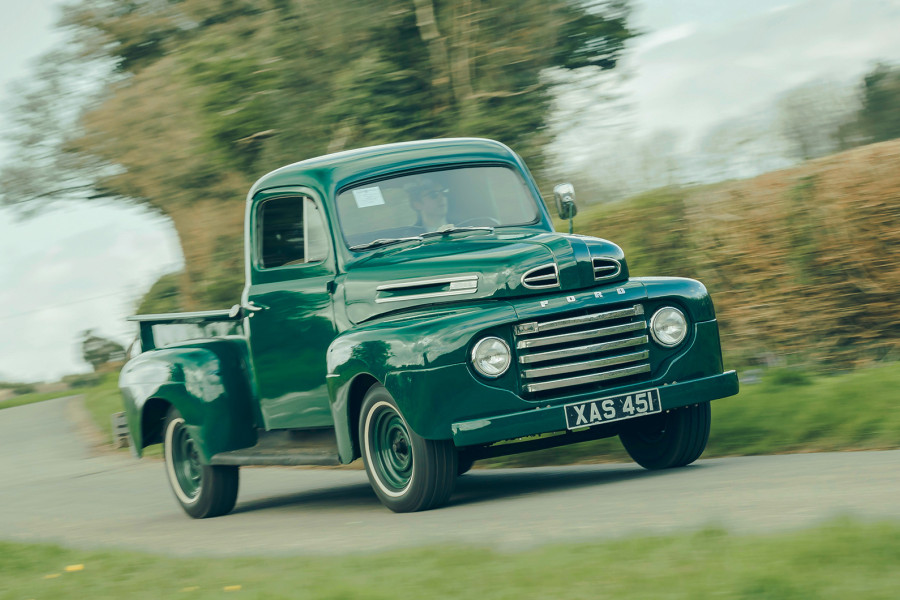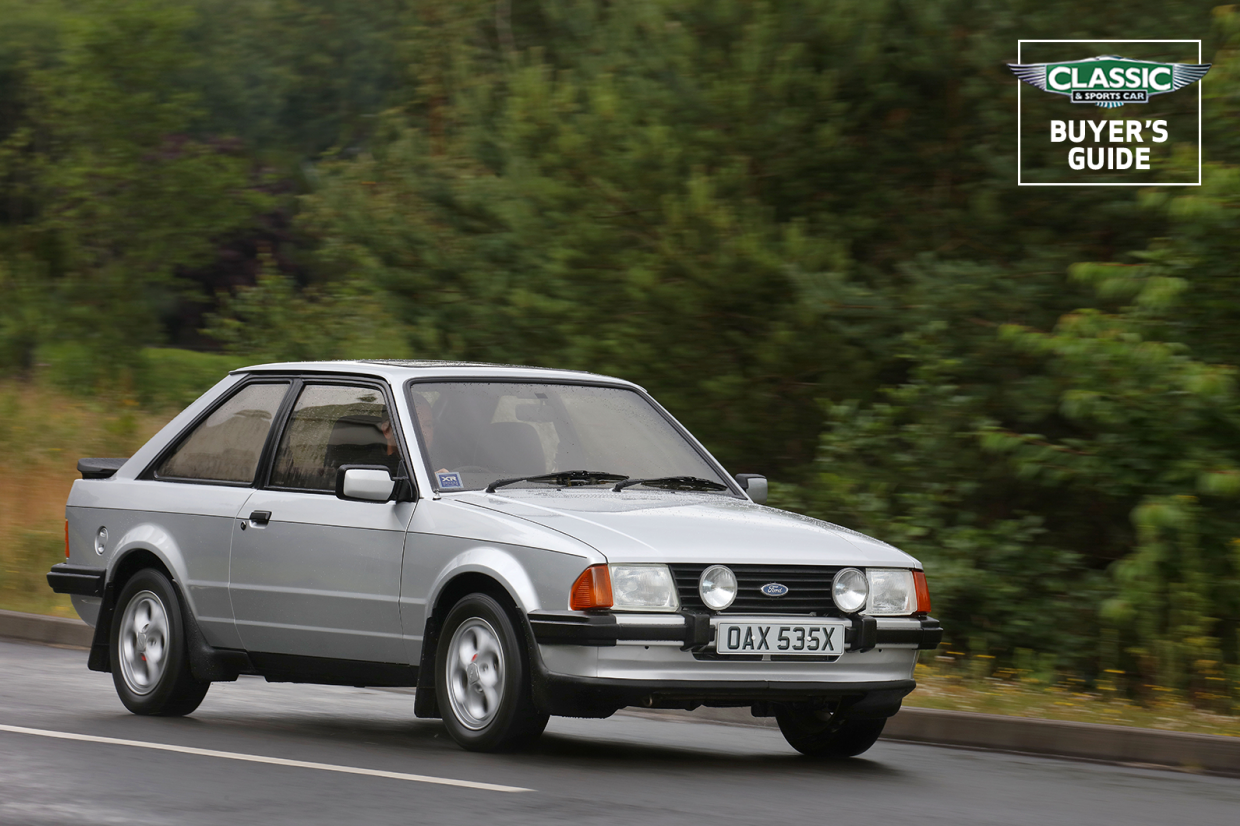
Why you’d want a Ford Escort XR3/XR3i
For the Mk3 Escort, styled by Uwe Bahnsen, Ford went front-wheel drive with what would soon be its biggest-selling model, along with a brand-new overhead-cam engine that had cost £500m to develop.
It was crucial to the company’s success, and it worked. But what to do about the high-performance flagship?
Motorsport honours were not the immediate focus, but the market demanded a sporting model, with a new name to avoid comparison with rear-drive RS Escorts.
The designation came from USA, where it had featured on the Mercury Cougar XR-7; the first XR in Europe was the XR3, pitched as a volume-selling sporty variant rather than a limited-run homologation special. That role went to the RS 1600i in 1981, and later the RS Turbo.
The XR3 faced strong opposition in the front-drive hot-hatch market, including Volkswagen’s well-established Golf GTI.
Ford started by simply bolting a twin-choke Weber on to the all-new, hemi-head CVH engine: its 96bhp was enough to be fun, but left the car trailing in the GTI’s wake – though only a fraction behind on top speed due to superior aerodynamics.
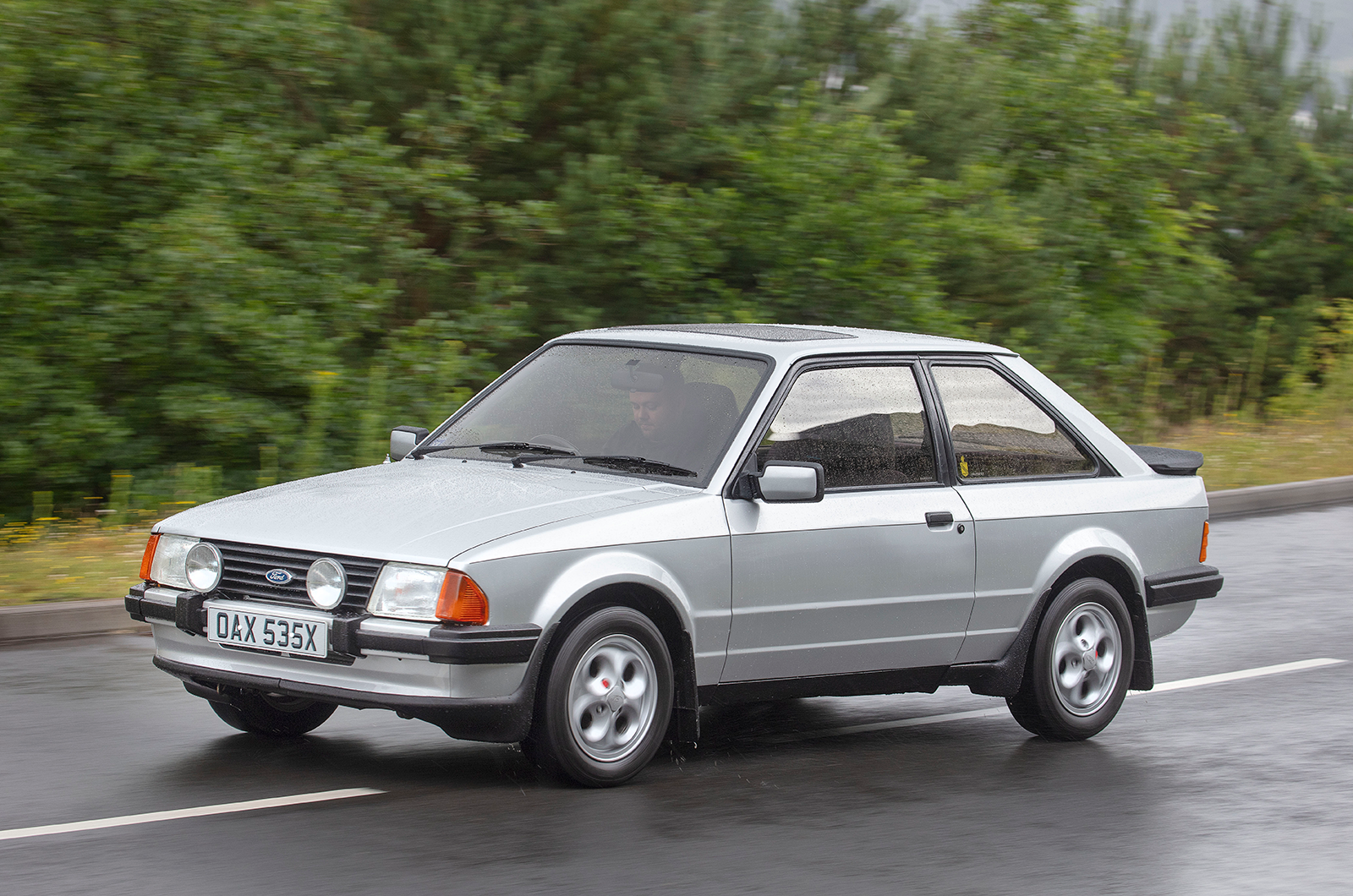
The XR3’s ride and its handling on the limit couldn’t match the composure of the GTI either, but that didn’t stop sales of the stylish and keenly priced XR3 from booming – anything at £5k with a spoiler on the back was a sure-fire winner.

